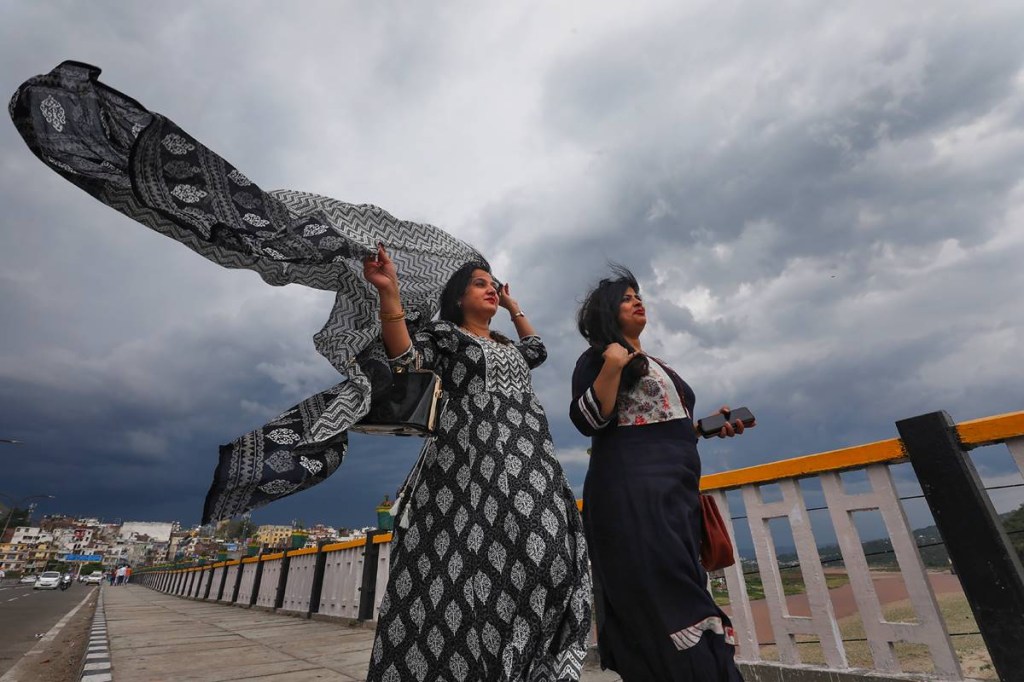Indian industry—especially the fast moving consumer goods and automobiles segments—is concerned that there will be an overall deficit in rainfall as the southwest monsoon season draws to a close, impacting the nascent recovery in rural demand. Urban demand, however, is holding up. Food prices are also elevated due to the uneven and spatial spread of rainfall from June to September. The monsoon has a crucial bearing on the country’s agricultural production during the kharif or summer season when farmers sow crops such as paddy, coarse cereals, pulses and oilseeds. If crop output is bountiful, farmer incomes will be higher and will stimulate demand for FMCG goods, tractors, two-wheelers, etc, and raise industrial and GDP growth. Although kharif sowing operations have so far been completed—marginally above last year’s level but lower than the average of the last five years—the worry is that the output may get affected as the country experienced the driest August in terms of rainfall in recent memory. The storage levels in the country’s water reservoirs are 23% lower than last year’s levels at end-August. In this milieu, the spectre of food inflation needs to be carefully watched, according to Suresh Narayanan, chairman and MD of Nestle India. If the September rains are indeed weak, contrary to the IMD’s forecast of normal rains, rural demand will suffer as a consequence.
India Inc is closely tracking the monsoon’s imponderables as FMCG companies derive over a third of their sales from rural India. More than a half of two-wheeler sales are from the countryside. Their apprehension is that the sequential momentum in FMCG volume growth which touched 4% in the June quarter, up from 0.3% reported in the March quarter, will be interrupted. The market research agency NielsenIQ said in August that the revival in rural demand and a softening of commodity inflation contributed to the FMCG market registering its highest volume growth in eight quarters at 7.5 %. For such reasons, CEOs like Narayanan are not pushing the panic button, but only underscoring how a deficient monsoon affects rural demand. Although the forthcoming festive season is bound to contribute to an uptick in volume growth, if farmer incomes are stressed due to a shortfall in rains there will definitely be cutback in rural spending. Similar considerations apply to two-wheeler sales that were better in August than a year ago although they are still short of pre-Covid-19 volumes. Tractor sales are an important indicator of farm sentiment, but rainfall deficiency has had no discernible impact on volumes. They are a niche product and are unaffordable for the vast majority of farmers.
Looking ahead, the outlook on rural demand is further clouded by potential risks such as El Nino conditions developing in the months ahead and creating drought conditions, lowering agricultural output and further raising food prices. If such a scenario comes to pass, there is bound to be considerable distress in the countryside, affecting FMCG, two-wheeler and tractor sales. The CEOs of these companies are only highlighting these risks although, at the moment, demand appears stable. More importantly, considering how the southwest monsoon affects not just farmer livelihoods but also the fortunes of India Inc, there is a need to build more irrigation facilities in the rain-fed regions to reduce monsoon-dependence.

